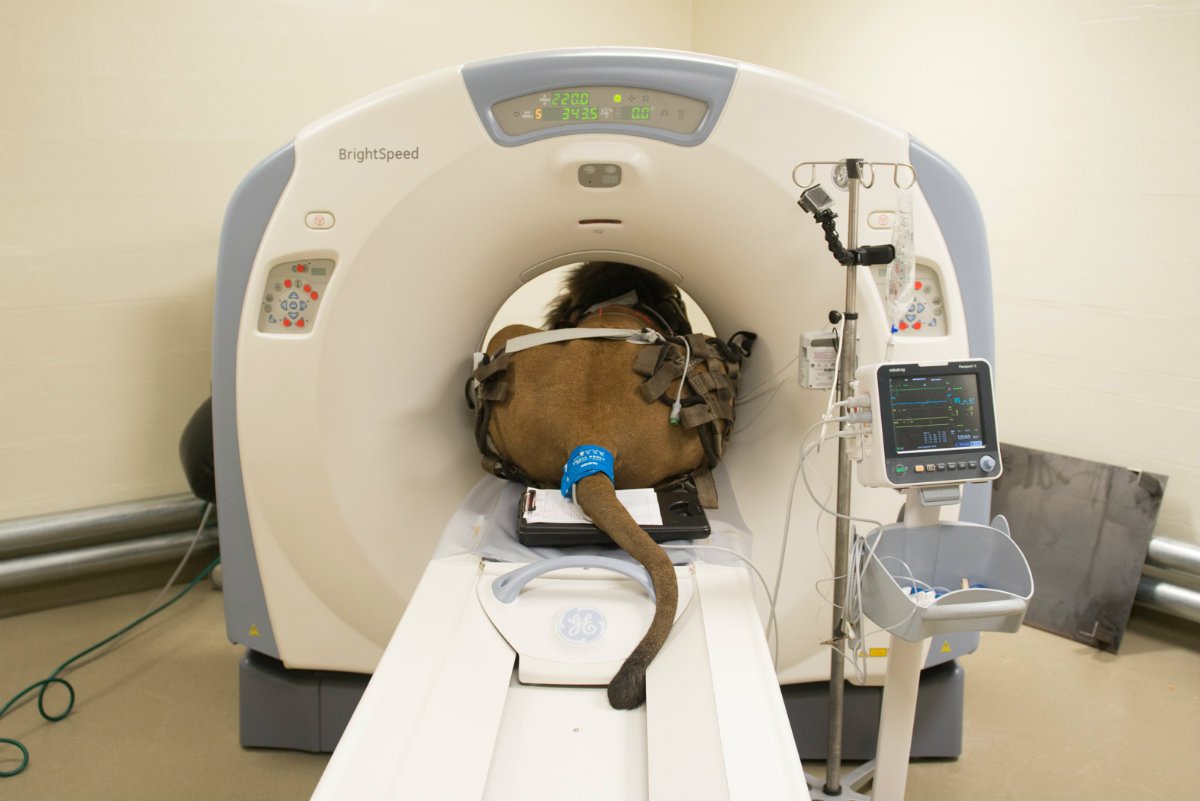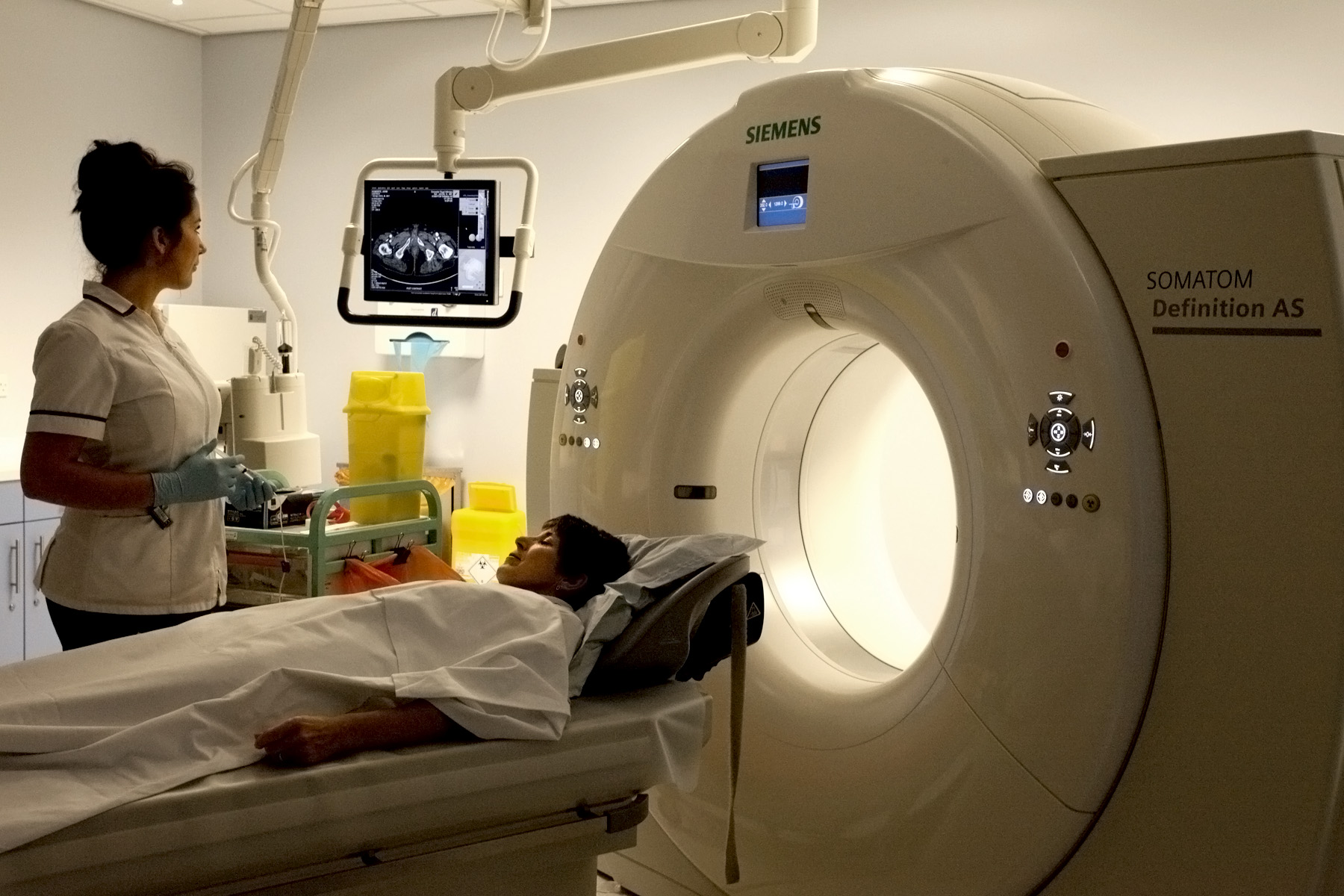Is a cat scan a ct scan. CAT Scan vs CT Scan: Understanding the Similarities and Differences
What is the difference between a CAT scan and a CT scan. Are CAT scans and CT scans the same procedure. How does a CT scan work. What are CT scans used for. What is a CT scan with contrast. How is a CT scan performed. What are the potential side effects of a CT scan.
The Relationship Between CAT Scans and CT Scans
In the world of medical imaging, the terms CAT scan and CT scan are often used interchangeably, leading to confusion among patients. However, these two acronyms actually refer to the same diagnostic procedure. CAT stands for “computed axial tomography,” while CT is an abbreviation for “computed tomography.” The term CAT scan was initially more prevalent, but in recent years, CT scan has become the more commonly used term in medical circles.
Why the Change from CAT to CT?
The shift from CAT to CT in terminology reflects the evolution of the technology and its applications. Initially, the “axial” in CAT referred to the specific plane of imaging. As the technology advanced, allowing for multi-planar imaging, the term “axial” became less relevant, leading to the simplified “CT” designation.
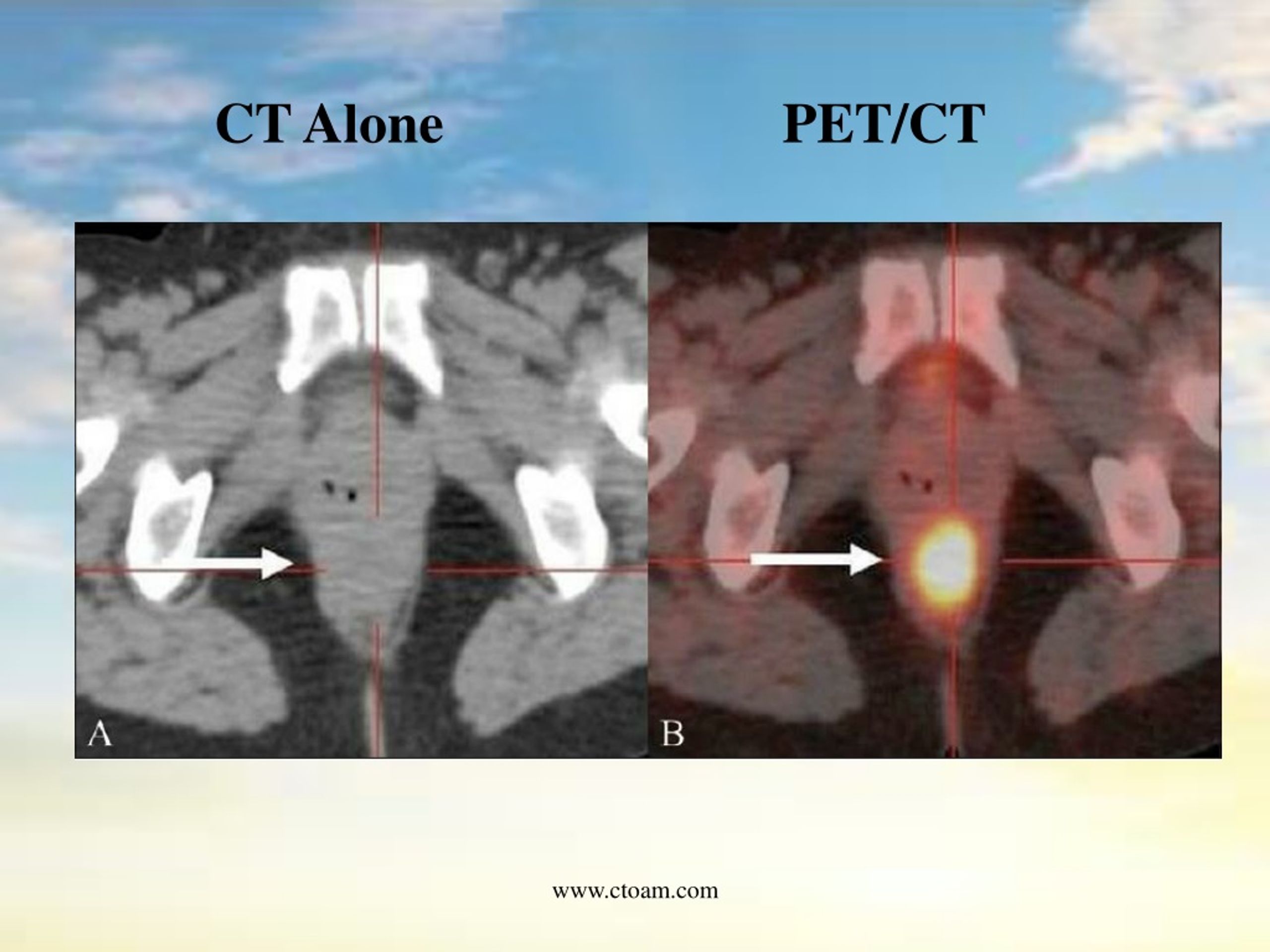
How CT Scans Work: The Science Behind the Images
CT scans employ advanced X-ray technology to produce detailed cross-sectional images of the body. During a CT scan, an X-ray tube rotates 360 degrees around the patient’s body, capturing information from multiple angles. This data is then processed by powerful computers to create highly detailed, three-dimensional images of organs, bones, and other tissues.
The Advantages of CT Imaging
CT scans offer several advantages over traditional X-rays:
- They provide more detailed images of soft tissues and internal organs
- They can detect smaller abnormalities that might be missed on regular X-rays
- They allow for 3D reconstruction of images, providing a more comprehensive view
- They can be performed quickly, making them ideal for emergency situations
Common Applications of CT Scans in Modern Medicine
CT scans have become an indispensable tool in modern medicine, serving a wide range of diagnostic purposes. Healthcare providers often order CT scans to:

- Identify bone and joint problems, including complex fractures and tumors
- Detect masses and spots associated with conditions like heart disease, cancer, and emphysema
- Locate blood clots, tumors, infections, or fluid buildup
- Assess internal injuries and bleeding following traumatic events
- Provide crucial information for surgical planning or biopsy procedures
- Monitor the effectiveness of treatments such as chemotherapy or radiation therapy
CT Scans in Emergency Medicine
In emergency situations, CT scans play a crucial role in rapid diagnosis. For instance, in cases of suspected stroke, a CT scan can quickly determine whether the stroke is ischemic (caused by a blood clot) or hemorrhagic (caused by bleeding in the brain). This distinction is vital for determining the appropriate treatment approach.
CT Scans with Contrast: Enhancing Image Clarity
Sometimes, a CT scan “with contrast” is necessary to obtain more detailed images of certain tissues or organs. In this procedure, a special dye called contrast material is administered to the patient, typically through an intravenous (IV) line. This contrast agent helps to highlight specific areas of the body, making them more visible on the CT images.

When is Contrast Used in CT Scans?
Contrast is often used in CT scans when:
- Examining blood vessels for aneurysms or blockages
- Evaluating tumors and their blood supply
- Assessing inflammation or infection in organs
- Investigating kidney or bladder function
Potential Risks of Contrast Agents
While contrast agents are generally safe, some patients may experience allergic reactions or kidney problems. It’s crucial for patients to inform their healthcare providers of any allergies or kidney issues before undergoing a CT scan with contrast.
The CT Scan Procedure: What to Expect
Understanding the CT scan procedure can help alleviate anxiety for patients. Here’s a step-by-step breakdown of what typically happens during a CT scan:
- Preparation: Depending on the type of scan, you may be asked to fast for several hours before the procedure. In some cases, you might need to drink a contrast solution or have it administered intravenously.
- Positioning: A certified technologist will help you lie down on the CT scanner table. You may be asked to remove any metal objects, such as jewelry or eyeglasses.
- Scanning: The table will move into the CT scanner, which resembles a large doughnut. You’ll hear humming noises as the machine operates.
- Instructions: The technologist will communicate with you through an intercom, possibly asking you to hold your breath briefly during certain parts of the scan.
- Duration: Most CT scans take between 15 to 30 minutes, though this can vary depending on the area being scanned.
Is a CT Scan Painful?
CT scans are generally painless procedures. The only discomfort some patients experience is from lying still on the scanner table or, in cases where contrast is used, from the insertion of the IV line. Some people may feel slightly claustrophobic inside the scanner, but the procedure is typically quick, and technologists are trained to help patients feel comfortable.
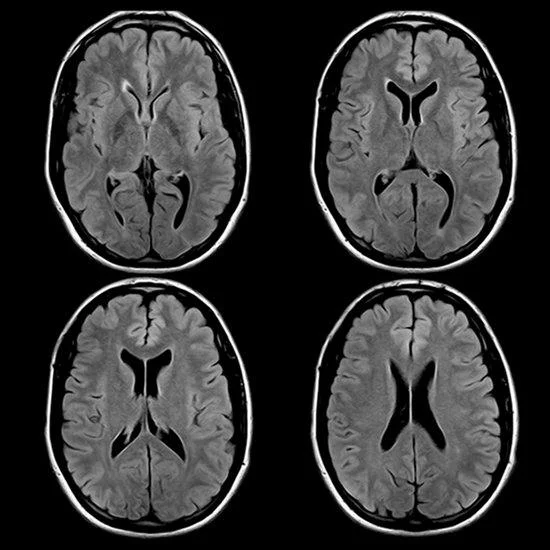
Potential Side Effects and Aftercare Following a CT Scan
While CT scans are generally safe, there are some potential side effects and considerations to be aware of:
- Contrast-related effects: If contrast material was used, you might experience a metallic taste in your mouth, nausea, or a warm sensation throughout your body.
- Radiation exposure: CT scans use ionizing radiation, which in high doses can increase the risk of cancer. However, the benefits of the scan typically outweigh this small risk.
- Allergic reactions: In rare cases, some people may have an allergic reaction to the contrast material.
- Pregnancy concerns: CT scans are generally not recommended for pregnant women due to the potential risk to the fetus.
Post-CT Scan Care
After your CT scan:
- Drink plenty of fluids to help flush out any contrast material from your system
- Resume your normal diet and activities unless instructed otherwise by your healthcare provider
- If you received contrast, watch for signs of allergic reactions (such as difficulty breathing or hives) and seek immediate medical attention if they occur
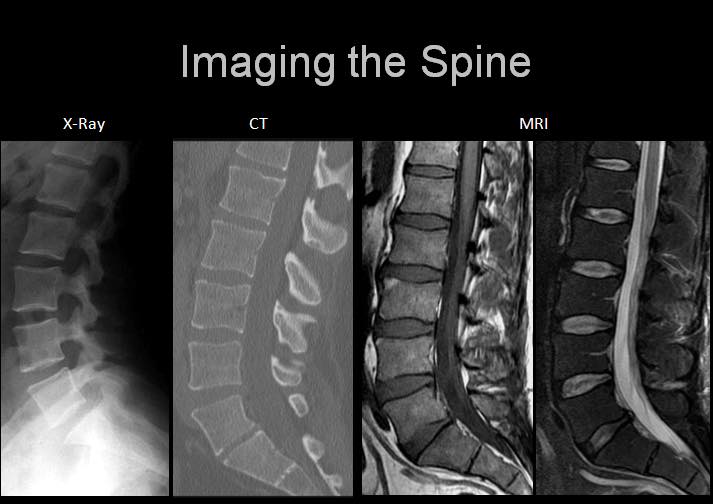
Interpreting CT Scan Results: The Role of Radiologists
After a CT scan is completed, the images are carefully analyzed by a radiologist, a medical doctor specialized in interpreting medical images. The radiologist will prepare a detailed report of their findings, which is then sent to the referring physician.
How Long Does It Take to Get CT Scan Results?
The time it takes to receive CT scan results can vary depending on several factors:
- In emergency situations, results may be available within minutes
- For routine outpatient scans, results are typically available within 24 to 48 hours
- Complex cases may require additional time for thorough analysis and potential consultations
Your healthcare provider will discuss the results with you during a follow-up appointment or sooner if urgent findings are detected.
Advancements in CT Technology: Looking to the Future
CT technology continues to evolve, with ongoing advancements aimed at improving image quality, reducing radiation exposure, and expanding diagnostic capabilities. Some recent developments include:
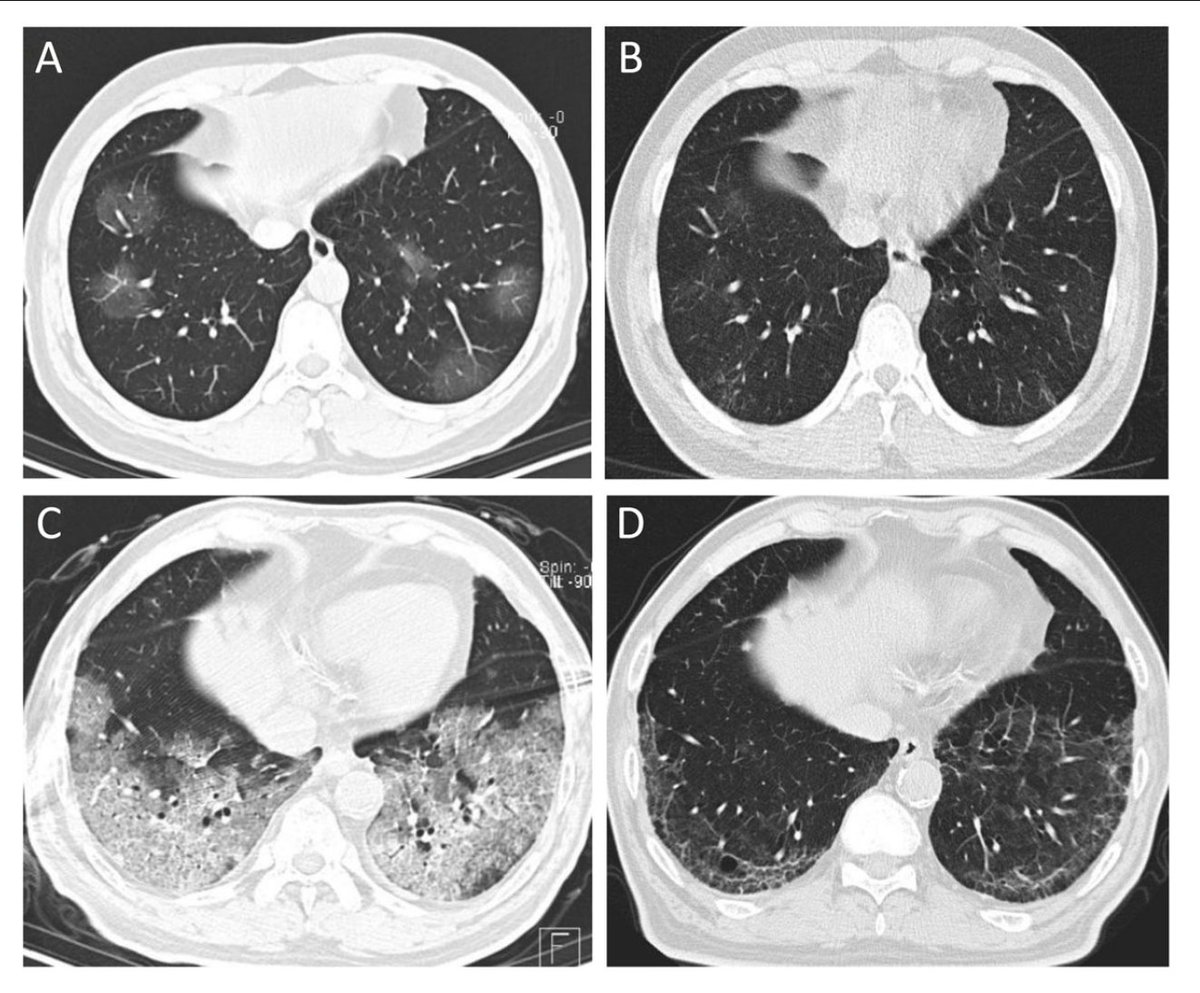
- Dual-energy CT: This technique uses two different energy levels to provide more detailed information about tissue composition.
- Spectral CT: Also known as multi-energy CT, this technology can differentiate between various materials in the body, enhancing diagnostic accuracy.
- Ultra-low dose CT: These scans use advanced algorithms to produce high-quality images with significantly reduced radiation exposure.
- AI-assisted imaging: Artificial intelligence is being integrated into CT imaging to help radiologists detect abnormalities more accurately and efficiently.
The Impact of CT Advancements on Patient Care
These technological improvements in CT scanning are leading to:
- More precise diagnoses
- Reduced need for invasive diagnostic procedures
- Lower radiation exposure for patients
- Faster scan times, improving patient comfort and reducing motion artifacts
- Enhanced ability to detect early-stage diseases, potentially improving treatment outcomes
As CT technology continues to advance, it remains a cornerstone of modern medical imaging, providing invaluable insights into the human body and playing a crucial role in diagnosis, treatment planning, and monitoring of a wide range of medical conditions.
:max_bytes(150000):strip_icc()/covidct-e7e7d3a195ab4215adb0a318bfde32e5.jpg)
CAT Scan vs. CT Scan: Are They the Same Procedure?
CAT Scan vs. CT Scan:
What’s the Difference?
Medicine is a field with countless acronyms. Two that can be confusing are CAT scan and CT scan. Sometimes thought to be different types of diagnostic tests, they actually refer to the same X-ray procedure. CAT stands for “computed axial tomography” and CT is simply “computed tomography.” CAT scan was the first of the two terms to be used; CT scan has become more common in recent years. These two procedures are the same, though.
What is a CT Scan For?
A CT scan produces images using an X-ray tube that travels 360 degrees around your body. As it moves, it gathers information from multiple angles to create cross-sectional images.
Doctors order CT scans for a number of reasons, including to:
- Look for bone and joint problems such as complex fractures and tumors
- Detect masses and spots associated with conditions like heart disease, cancer and emphysema
- Locate clots, tumors, infection or fluid buildup
- Check for internal injuries and bleeding following a traumatic event like a car accident
- Provide information in preparation for a surgery, biopsy or other procedure
- Compare images taken over a period of time to gauge the effectiveness of a treatment such as the chemotherapy or radiation used to shrink a tumor
In some cases, what’s called a CT scan “with contrast” is needed. With this procedure, the technician performing the procedure inserts a catheter into one of your arms in order to administer a special dye called contrast material. This dye makes it easier for the scan to create a crisp image of tissues and organs that are less dense than bone and therefore may not show up as clearly.
With this procedure, the technician performing the procedure inserts a catheter into one of your arms in order to administer a special dye called contrast material. This dye makes it easier for the scan to create a crisp image of tissues and organs that are less dense than bone and therefore may not show up as clearly.
The detail in a CT scan with contrast may make it the preferred approach over other imaging techniques in some instances. For example, a CT scan can provide better information on the bones of the spine than either a standard X-ray or an MRI (magnetic resonance imaging) scan, which is helpful when assessing conditions that affect the vertebrae and other bones.
There are some instances when a CT scan isn’t advisable. If you’re pregnant or think you may be pregnant, you should tell your doctor. There is also a weight limit for receiving a CT scan.
A CT Scan is a Pain-Free Procedure That Produces Crucial Images
Other than the poke if contrast material is needed, a CT scan is completely painless and provides your care team with critically important information on your condition.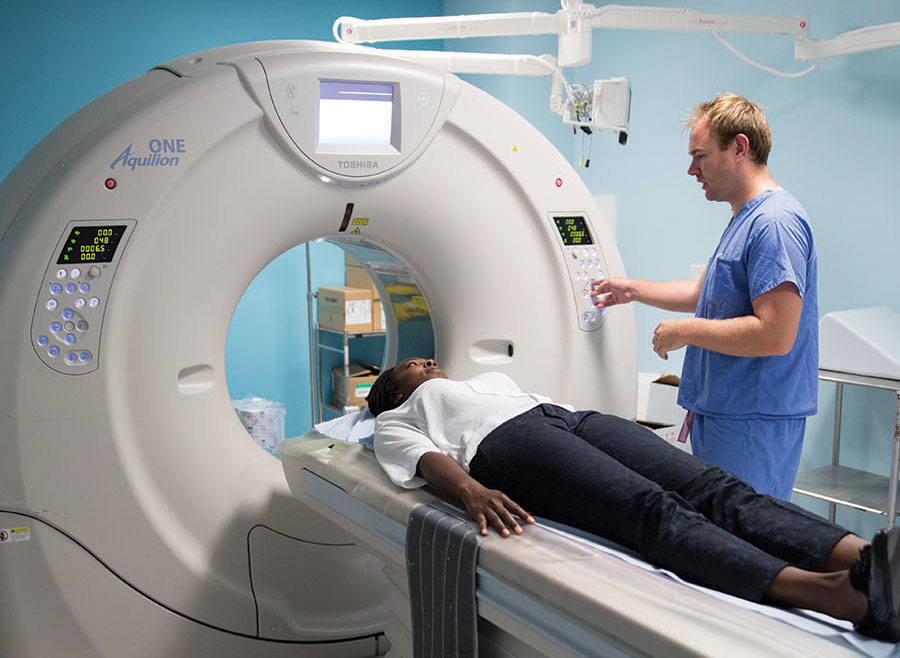 For many patients, the only unpleasant aspect of the scan is the feeling of being enclosed in the CT scan machine. However, that temporary discomfort is worth the valuable information the procedure produces.
For many patients, the only unpleasant aspect of the scan is the feeling of being enclosed in the CT scan machine. However, that temporary discomfort is worth the valuable information the procedure produces.
At Baptist Health, the procedure takes place as follows:
- Preparation. How you prepare for your CT scan will depend on the type of scan performed. If your abdomen/pelvis, chest or head is being scanned with contrast, you may be instructed not to eat or drink for several hours prior to your exam. You may also have to drink a contrast medium or have it administered intravenously. If you’re having a head scan with no contrast, you can eat up until the time of the exam, and no liquid or intravenous contrast medium is required.
- Exam. A CT scan typically takes 15-30 minutes. A certified technologist helps you get positioned on the scan table, which is then moved into the machine. You’ll hear humming as the machine works and the table may move as different images are captured.
 You may also receive instructions, such as holding your breath for a short time, from the technologist, who observes the entire test and communicates with you through two-way microphones.
You may also receive instructions, such as holding your breath for a short time, from the technologist, who observes the entire test and communicates with you through two-way microphones. - Side effects. Depending on the type of exam, afterward, you may experience a metallic taste in your mouth (if contrast dye is used), fatigue, headache, weakness or constipation.
- Follow-up. After your exam, a radiologist (a doctor that specializes in imaging) reviews the images and sends a report to your physician who will discuss it with you at your next appointment.
Get a CT Scan at Baptist Health
Learn more about CT scans available from Baptist Health, along with pre-and post-exam expectations.
Learn More.
Categories
- Baptist Health
Tags:
- Baptist Health Imaging
- CAT Scan
- CT Scan
- Diagnostics
- Imaging
- Medical Imaging
Related Blog Articles
-
CT Scan vs X-Ray
Learn More
-
MRI vs.
 fMRI: What Are the Differences?
fMRI: What Are the Differences?
Learn More
-
Are There Differences Between a Sonogram vs. an Ultrasound?
Learn More
Let’s Stay in Touch
Sign up to receive Baptist Health emails to learn more about your health from our blog, e-newsletter, and Flourish. Or follow one of our social media accounts.
Sign Me Up
Purpose, Procedure, Risks, Side-Effects, Results
Written by WebMD Editorial Contributors
- How Do CT Scans Work?
- How Are CT Scans Done?
- What Is It Used For?
- What Is a CT Scan with Contrast?
- Are There Any Risks?
- What Are the Side Effects?
- More
A computed tomography (CT or CAT) scan allows doctors to see inside your body. It uses a combination of X-rays and a computer to create pictures of your organs, bones, and other tissues. It shows more detail than a regular X-ray.
It uses a combination of X-rays and a computer to create pictures of your organs, bones, and other tissues. It shows more detail than a regular X-ray.
You can get a CT scan on any part of your body. The procedure doesn’t take very long, and it’s painless.
They use a narrow X-ray beam that circles around one part of your body. This provides a series of images from many different angles. A computer uses this information to create a cross-sectional picture. Like one piece in a loaf of bread, this two-dimensional (2D) scan shows a “slice” of the inside of your body.
This process is repeated to produce a number of slices. The computer stacks these scans one on top of the other to create a detailed image of your organs, bones, or blood vessels. For example, a surgeon may use this type of scan to look at all sides of a tumor to prepare for an operation.
You’d probably get a scan at a hospital or radiology clinic. Your doctor might tell you not to eat or drink for a few hours before the procedure. You may also need to wear a hospital gown and remove any metal objects, such as jewelry.
You may also need to wear a hospital gown and remove any metal objects, such as jewelry.
A radiology technologist will perform the CT scan. During the test, you’ll lie on a table inside a large, doughnut-shaped CT machine. As the table slowly moves through the scanner, the X-rays rotate around your body. It’s normal to hear a whirring or buzzing noise. Movement can blur the image, so you’ll be asked to stay very still. You may need to hold your breath at times.
How long the scan takes will depend on what parts of your body are being scanned. It can take anywhere from a few minutes to a half-hour. In most cases, you’ll go home the same day.
Doctors order CT scans for a long list of reasons:
- CT scans can detect bone and joint problems, like complex bone fractures and tumors.
- If you have a condition like cancer, heart disease, emphysema, or liver masses, CT scans can spot it or help doctors see any changes.
- They show internal injuries and bleeding, such as those caused by a car accident.

- They can help locate a tumor, blood clot, excess fluid, or infection.
- Doctors use them to guide treatment plans and procedures, such as biopsies, surgeries, and radiation therapy.
- Doctors can compare CT scans to find out if certain treatments are working. For example, scans of a tumor over time can show whether it’s responding to chemotherapy or radiation.
In a CT scan, dense substances like bones are easy to see. But soft tissues don’t show up as well. They may look faint in the image. To help them appear clearly, you may need a special dye called a contrast material. They block the X-rays and appear white on the scan, highlighting blood vessels, organs, or other structures.
Contrast materials are usually made of iodine or barium sulfate. You might receive these drugs in one or more of three ways:
- Injection: The drugs are injected directly into a vein. This is done to help your blood vessels, urinary tract, liver, or gallbladder stand out in the image.

- Orally: Drinking a liquid with the contrast material can enhance scans of your digestive tract, the pathway of food through your body.
- Enema: If your intestines are being scanned, the contrast material can be inserted in your rectum.
After the CT scan, you’ll need to drink plenty of fluids to help your kidneys remove the contrast material from your body.
CT scans use X-rays, which produce ionizing radiation. Research shows that this kind of radiation may damage your DNA and lead to cancer. But the risk is still very small — your chances of developing a fatal cancer because of a CT scan are about 1 in 2,000.
But radiation’s effect adds up over your lifetime. So your risk increases with every CT scan you get. Talk to your doctor about the procedure’s potential dangers and benefits, and ask why the CT scan is necessary.
Ionizing radiation may be more harmful in children. That’s because they’re still growing. They also have more years to get exposed to radiation.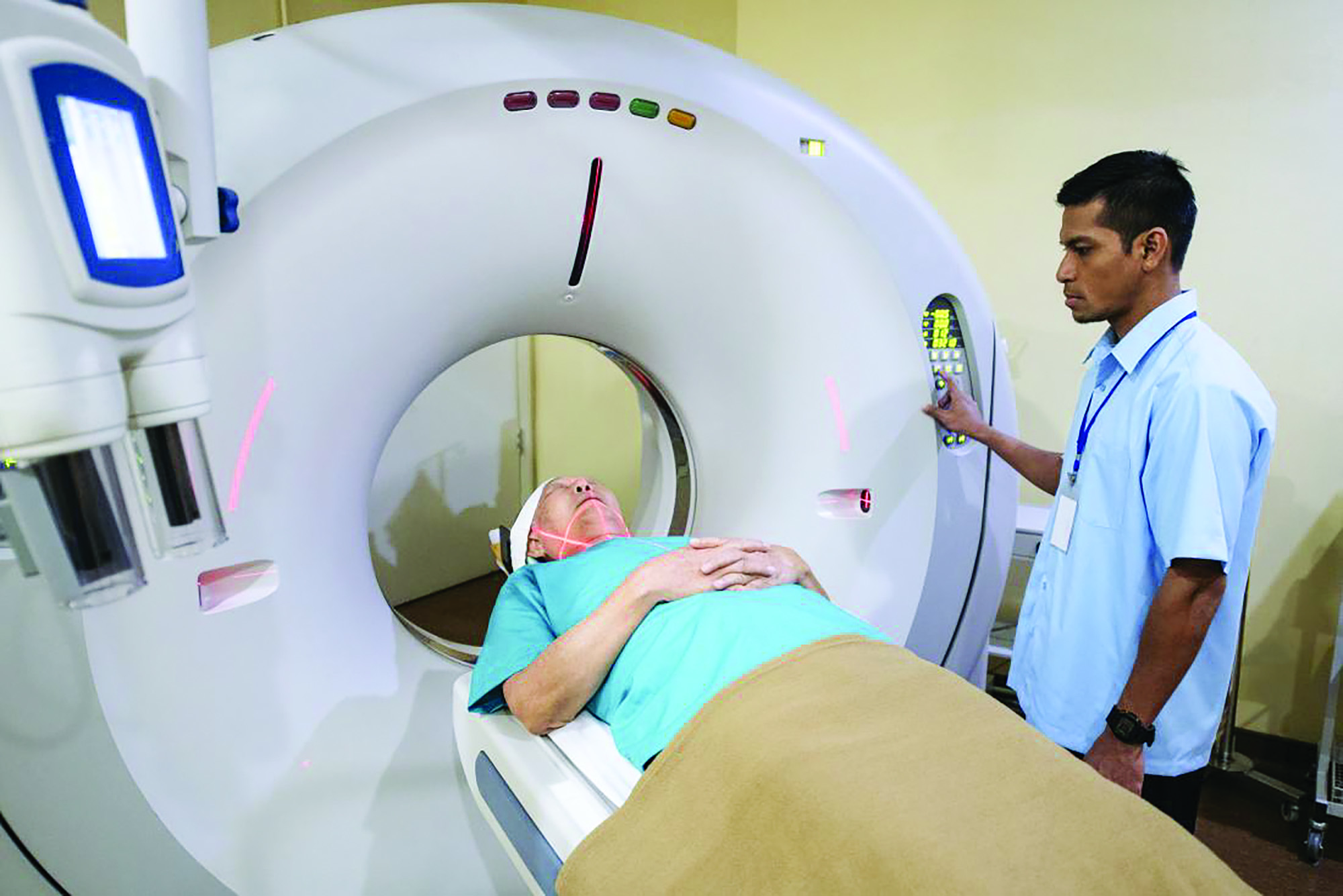 Before the procedure, you may want to ask the doctor or technician if the CT machine’s settings have been adjusted for a child.
Before the procedure, you may want to ask the doctor or technician if the CT machine’s settings have been adjusted for a child.
Tell your physician if you’re pregnant. If you need imaging for your stomach area, your doctor may recommend an exam that doesn’t use radiation, such as an ultrasound.
Some people are allergic to the contrast materials. Most of the time, the reaction is mild. It can lead to itchiness or a rash. In very few cases, the dye may trigger a life-threatening reaction. For this reason, your health care provider may want to monitor you for a short period after your CT scan. Tell your doctor about any allergies you have to medications, seafood, or iodine.
Your doctor should know, too, if you have diabetes and are taking the drug metformin. They’ll let you know if you should stop taking your medication before or after your procedure.
Although it’s rare, contrast materials can lead to kidney problems. Let your doctor know if you have any kidney issues before the CT scan.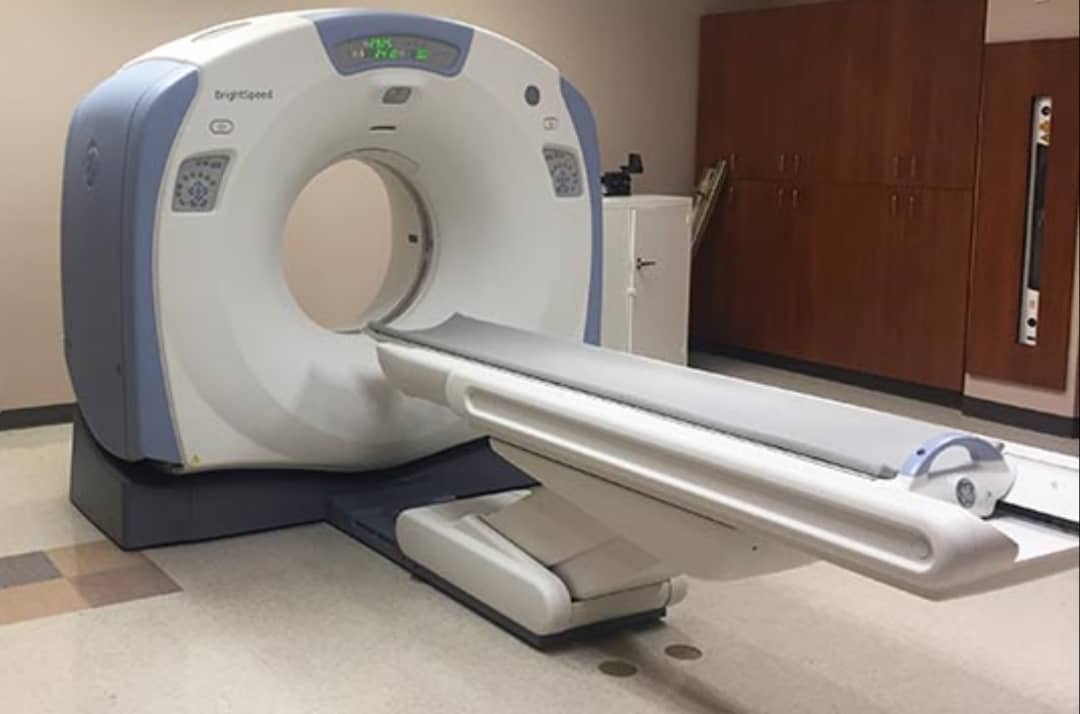
Top Picks
Use of MRI and CT for pets
MRI and CT
Magnetic resonance imaging (MRI) and X-ray computed tomography (CT) are methods of examining various organs by computer-assisted reconstruction of sliced or 3D images. Currently, these are one of the most accurate methods for diagnosing structural disorders of bones, joints, brain, blood vessels, internal organs, and soft tissues in animals.
MRI – what is it
Magnetic resonance imaging is a complex highly informative diagnostic method based on the phenomenon of nuclear magnetic resonance of hydrogen atoms in the cells of the body.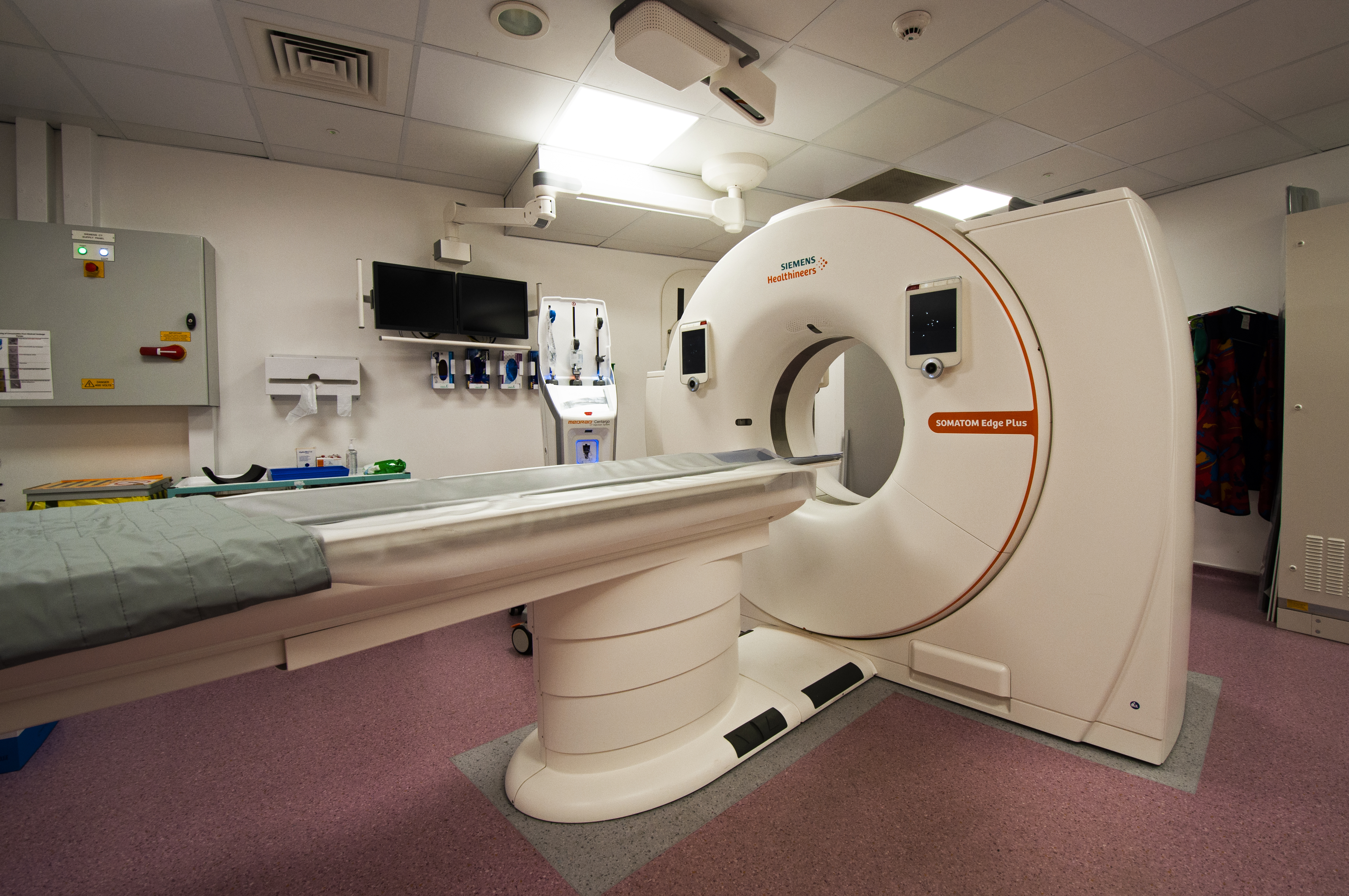 With MRI pulses in a magnetic field, vibrations of hydrogen atoms are received in the form of echo signals, which are converted into a picture by means of a computer program. This image can be in different planes. Analysis of these images helps establish the diagnosis. X-ray or other types of ionizing radiation are not used in MRI, only a magnetic field.
With MRI pulses in a magnetic field, vibrations of hydrogen atoms are received in the form of echo signals, which are converted into a picture by means of a computer program. This image can be in different planes. Analysis of these images helps establish the diagnosis. X-ray or other types of ionizing radiation are not used in MRI, only a magnetic field.
When MRI is used for animal diagnostics
Animal MRI is most commonly used for effective soft tissue assessment. For example, studies of the organs of the central nervous system (brain and spinal cord), spine and ligamentous and muscular systems (musculoskeletal system), as well as organs of the small pelvis and abdominal cavity. MRI for dogs allows you to assess the structure of the soft tissues of internal organs, identify developmental disorders, traumatic changes, tumors, etc. (photo 1, 2).
What is CT
Computed tomography is one of the most modern methods of X-ray diagnostics. A CT scanner is a coil (gantry) into which the patient enters during the examination, located on the table. The gantry rotates the source or sources generating radiation around the patient, then the x-ray image data is processed by a computer and an x-ray image is obtained. Scanning the patient’s body with x-rays from all sides at different angles, a CT scanner creates a layered x-ray image of the internal organs.
The gantry rotates the source or sources generating radiation around the patient, then the x-ray image data is processed by a computer and an x-ray image is obtained. Scanning the patient’s body with x-rays from all sides at different angles, a CT scanner creates a layered x-ray image of the internal organs.
When to use CT
This examination method is well established for assessing bone and cartilage structures, tumors and fluids. CT in animals is widely used to diagnose bone damage, trauma and bleeding. It is used as a method of angiography and can evaluate the excretory (excretory) properties of organs (photo 3, 4, 5, 6).
What is the difference between MRI and CT
The main difference between MRI and CT lies in the different physical phenomena used in the devices. In the case of CT, this is X-ray radiation, which gives an idea of the physical state of a substance, and in the case of MRI, it is a constant magnetic field and radio frequency electromagnetic radiation, which gives information about the chemical structure of tissues. These methods combine the possibility of layer-by-layer tissue scanning.
These methods combine the possibility of layer-by-layer tissue scanning.
Both methods are widely used in veterinary medicine in patients with neurological problems, but there is a particular difference. On MRI in dogs, the structures of the brain, spinal cord and peripheral nerves are well visualized, while on CT they are not so well visualized. On CT, the vertebrae themselves, intervertebral discs and spinal canals are well visualized.
Both methods additionally include the possibility of contrasting. Injected contrast agents can accumulate in the pathological tissue and improve the visualization of the necessary structures. This is especially true in the diagnosis of tumors of various localization.
CT is preferred for diagnosing lung pathologies.
Before prescribing a study, it is necessary to understand which of the methods will be most informative and useful to a specialist. In some cases, it is necessary to use MRI and CT at the same time. These techniques require general anesthesia in animals, and therefore some patients may have contraindications to anesthesia.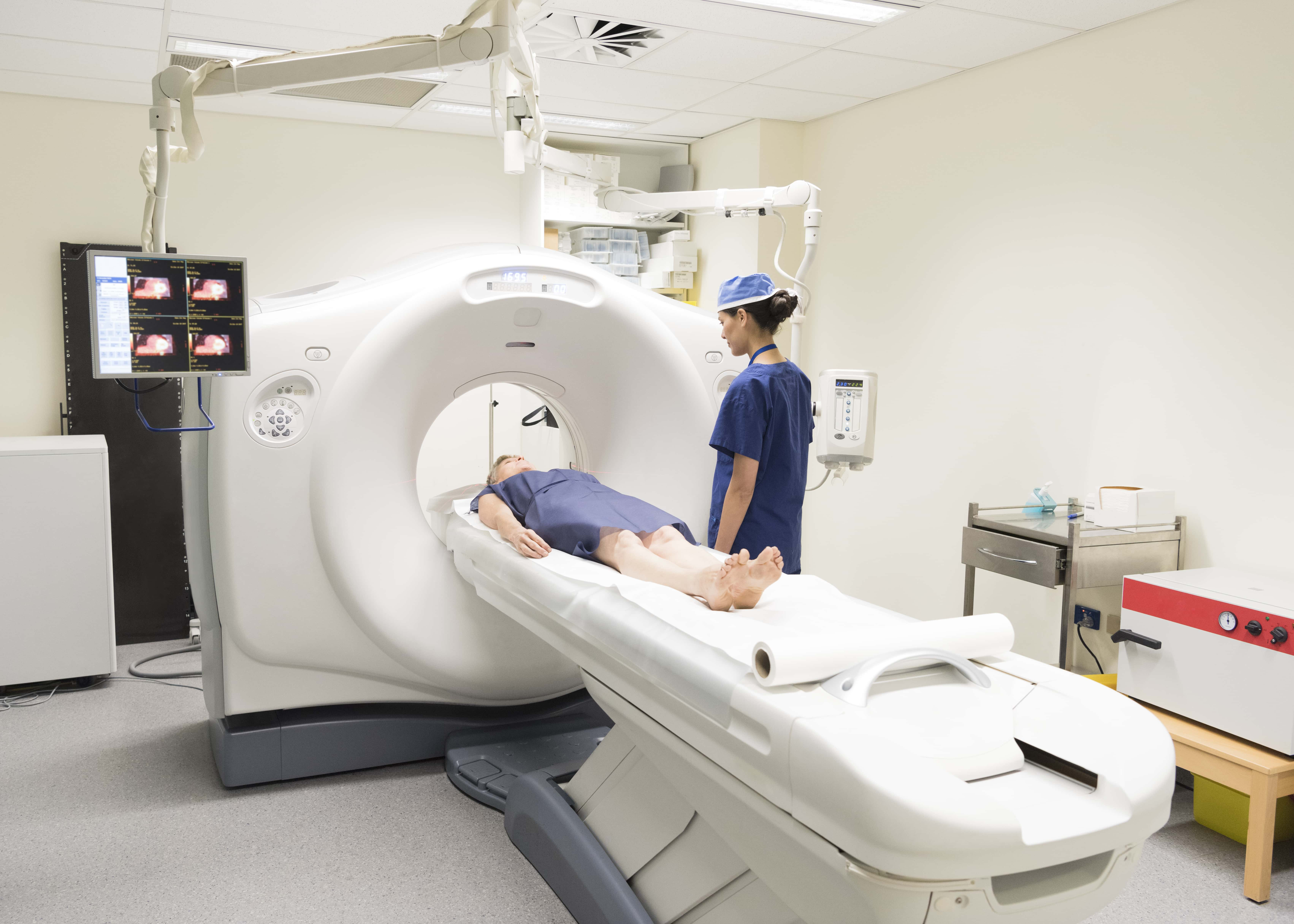 Metal objects (constructions for osteosynthesis, pacemakers) are a contraindication to MRI.
Metal objects (constructions for osteosynthesis, pacemakers) are a contraindication to MRI.
Dear pet owners! At the moment, MRI and CT diagnostics are not performed at the veterinary center of Dr. Vorontsov. If necessary, we send these studies to other institutions. We review the brought pictures and records to make a diagnosis.
CT for animals in St. Petersburg
Accurate diagnosis in a few minutes
the animal may deteriorate rapidly.
CT gives a unique chance – in just a couple of minutes
using special protocols, we obtain comprehensive information about
condition of bones, central nervous system, internal organs, soft
tissues, vessels with minimal radiation exposure, we find out the cause of the disease
and immediately begin treatment.
CT scan at the PRIDE veterinary center is:
Accurate diagnosis
for one anesthesia
Only we do CT and MRI at the same time. No need for an accurate diagnosis
to go and overload the pet with drugs.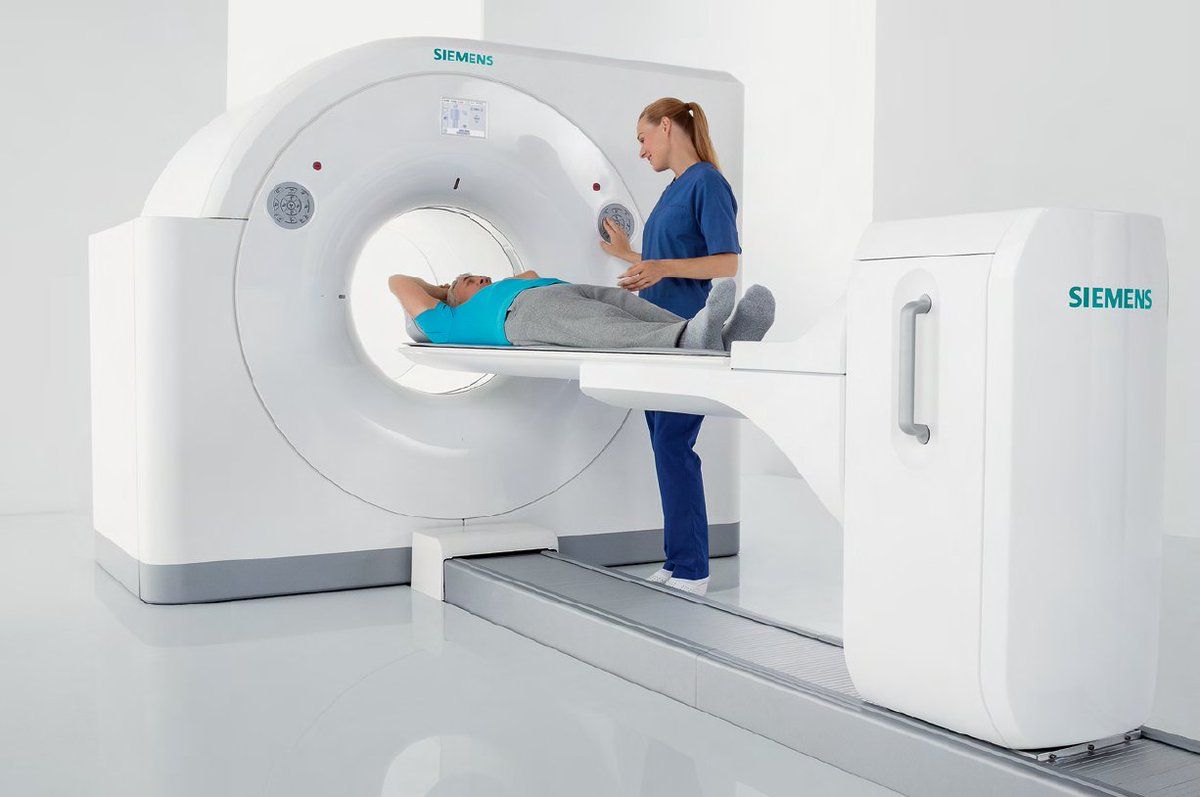
Animal research
weighing from 300 g to 120 kg
We select an individual level of radiation exposure for each pet.
Biopsy under
CT control
We immediately do a “targeted” biopsy of the area where the changes were found.
Research of any
difficulty level
Including contrast to improve diagnostic accuracy.
3D view
for more precision
Special protocols enable us to carry out complex examinations of the central
nervous system, blood vessels, internal organs.
Automatic
dose control
Independent of the area to be examined, via software
CARE Dose4D. Radiation exposure reduced by 68%.
Comfort during
examinations and after
Each examination is carried out with the participation of an anesthesiologist, he continuously monitors
the state of the animal.
Result control
after surgery
The doctor assesses how successful the operation was and plans further
treatment.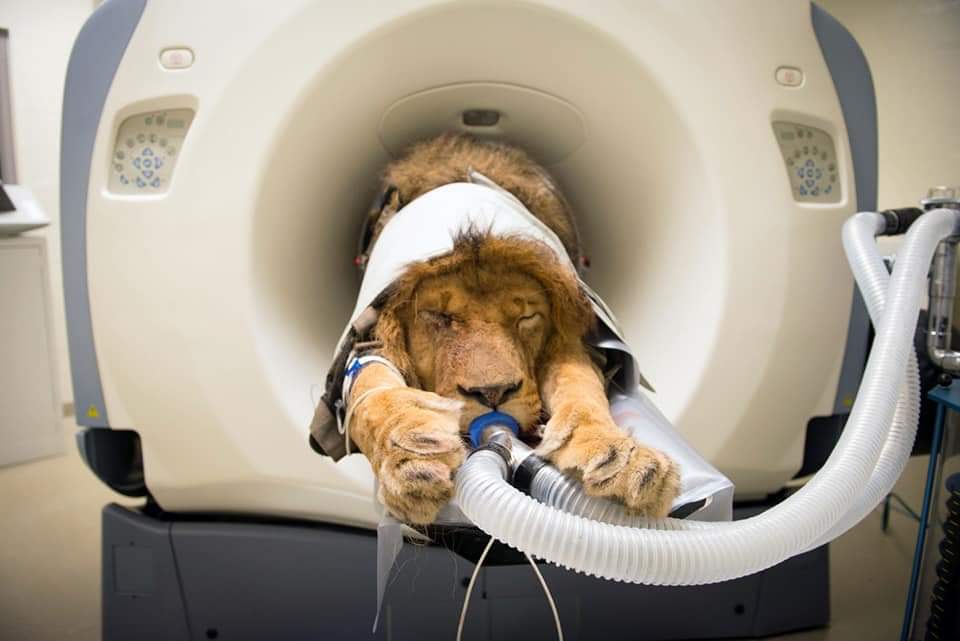
CT is indispensable in diagnosis:
Neoplasms – benign, malignant, metastases:
- Brain
- Internal organs: lungs, liver, pancreas, kidneys, spleen
- Bones
- Joints
Injuries – isolated and combined injuries:
- Spine
- Bones of the vault and base of the skull
- Chest
- Belly
- Limbs
Pathologies of the nervous system
- Strokes
- Post-traumatic hemorrhage
- Tumors
- Hydrocephalus
- Edema and atrophy of the brain
- Brain abscess
- Spinal cord compressions
Heart diseases
- Defects
- Camera extensions
- Scars after a heart attack
- Aneurysm
- Thrombus
- Tumors
Urological pathology
- Kidney and bladder stones
- Tumors of the genitourinary system
- Abnormalities of renal hypoplasia, hydronephrosis, ectopic ureters
Vascular diseases
- Thrombosis
- Emboli
- Aneurysm
- Portosystemic shunts
- Development options
Orthopedic diseases
- Fractures and fractures of bones
- Joint injuries
- Areas of bone destruction and sclerosis
- Herniated and protrusion of the intervertebral discs
- Arthritis and arthrosis
Anomalies of the body
- Malformations of the spine, joints, abdominal organs, urogenital
systems
Are you looking for answers to these questions:
X-ray
- Suitable for primary diagnosis
- Only gross deviations are visible in the images
- Displays an image in one plane
- In the images, the shadows of organs and tissues are superimposed on each other, slight
changes are not visible.
CT
- Indispensable for a quick definitive diagnosis
- Scans show lesions as small as 0.6 mm
- Produces dozens of images in various planes and modes – for bones,
soft tissues
| KT | MRI | |
|---|---|---|
| What is used | X-ray | Magnetic field |
| Which organs/structures can be seen better | Fresh hemorrhages, internal organs, soft tissues, calculi | Brain structures, soft tissues |
| What are the benefits of | Quickly and accurately helps diagnose injuries and their complications, clarify the presence of hemorrhages, tumors and metastases | Accurate diagnosis at an early stage of tumors of the central nervous system, soft tissues, pathology vessels, joints. X-rays are not used. |
- Duration of the procedure – several minutes
- Radiation exposure reduced by 68%
- Areas of the body not to be examined are covered with special screens
- For sedation during the study, use lower doses of drugs,
than for operation
- To exclude contraindications, the animal is examined before the procedure
- The doctor constantly monitors the condition – conducts an examination before the procedure,
administers drugs, and monitors the animal until the very awakening - All manipulations are carried out quickly and accurately
Indications and contraindications
Indications:
- Polytrauma – head, chest, abdomen, spine, limbs,
- Suspicion:
- hemorrhage
- “acute abdomen”
- neoplasm
- thrombosis and thromboembolism
- the presence of foreign bodies, including those not visible on radiographs,
- Search for neoplasm metastases
- Bone and joint deformities
- Movement disorder
- Planning complex bone and joint surgeries
Contraindications:
- Conditions where anesthesia is contraindicated
- Renal failure for contrast administration
CT in PRIDE in numbers
100%
reliability
Thanks to the new modern device SIEMENS SOMATOM Emotion, many years of
experience and high qualification of the radiologist.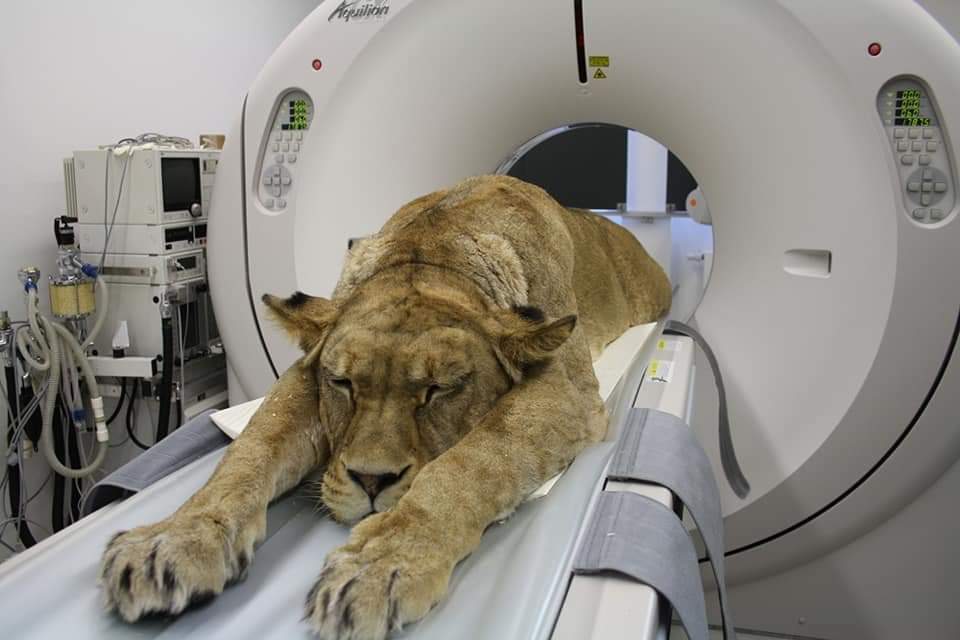

 You may also receive instructions, such as holding your breath for a short time, from the technologist, who observes the entire test and communicates with you through two-way microphones.
You may also receive instructions, such as holding your breath for a short time, from the technologist, who observes the entire test and communicates with you through two-way microphones. fMRI: What Are the Differences?
fMRI: What Are the Differences?